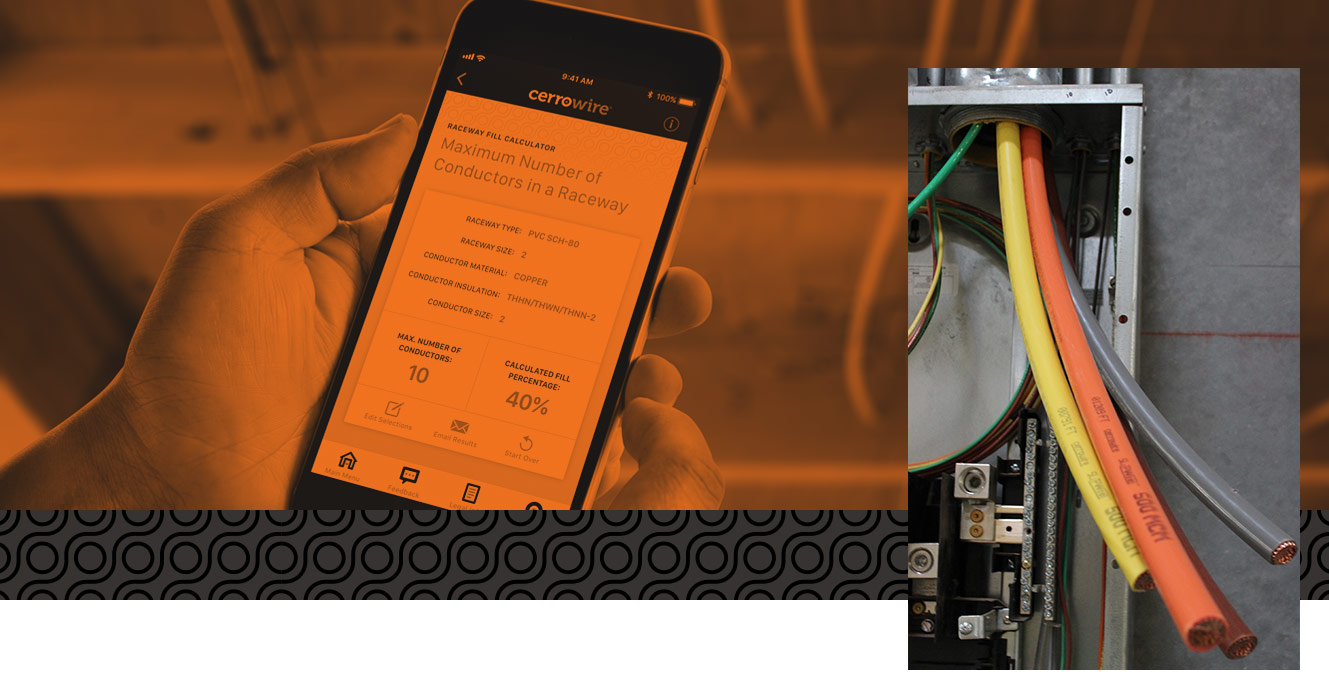kenkoh
Solar Enthusiast
OK. I'm back to 1/0 AWG for my 1200w inverter at 4 feet.
OK. I'm back to 1/0 AWG for my 1200w inverter at 4 feet.
Can you link calculator?
What does that mean? Are you saying ANL fuses are better than other types?people using serious power do copper rods with ANL fuses between them
What does that mean? Are you saying ANL fuses are better than other types?
Can you link calculator?
Ok, now you have room to increase the inverter in the future, and you KNOW the leads wont starve your inverter.OK. I'm back to 1/0 AWG for my 1200w inverter at 4 feet.
Yes, wire in direct sun, on rooftops in metal conduit meet far different ampacity than strands strung across an open area between buildings.Most of those charts with higher ratings are based on vehicle installation and pretty much assume open air conductors, no conduit or enclosures really.
They are all far above the levels deemed safe by nfpa and nec charts for wire ampacity in or on buildings.
According to the chart my 6 AWG only carries 37 amps so it won't cut it for my 40A SCC? It's only 4-5 feet.American Wire Gauge Chart and AWG Electrical Current Load Limits table with ampacities, wire sizes, skin depth frequencies and wire breaking strength
AWG Wire size chart and ampacity table for design engineers including skin depth frequencies and tensile strength data; electrical cable sizewww.powerstream.com
From the link..... use an nec ampacity chart for all building wire projects. If you do this and check actual voltage drop with a calculator using actual distances, you will have a solod irrefutable answer amd sure course of action.According to the chart my 6 AWG only carries 37 amps so it won't cut it for my 40A SCC? It's only 4-5 feet.

Dc current has no freq..... no added resistance to the circuit.Oops, from the powerstream chart link. It is for high frequency signal or power conductors.
"This data is useful for high frequency AC engineering. When high frequency AC is conducted by a wire there is a tendency for the current to flow along the outside of the wire. This increases the effective resistance. The frequency listed in the table shows the frequency at which the calculated skin depth is equal to the radius of the wire, and is an indication that above this frequency you should start considering the skin effect when calculating the wire's resistance."
6 at 4 feet per conductor, or 8feet round trip should flow over 60amps...According to the chart my 6 AWG only carries 37 amps so it won't cut it for my 40A SCC? It's only 4-5 feet.


